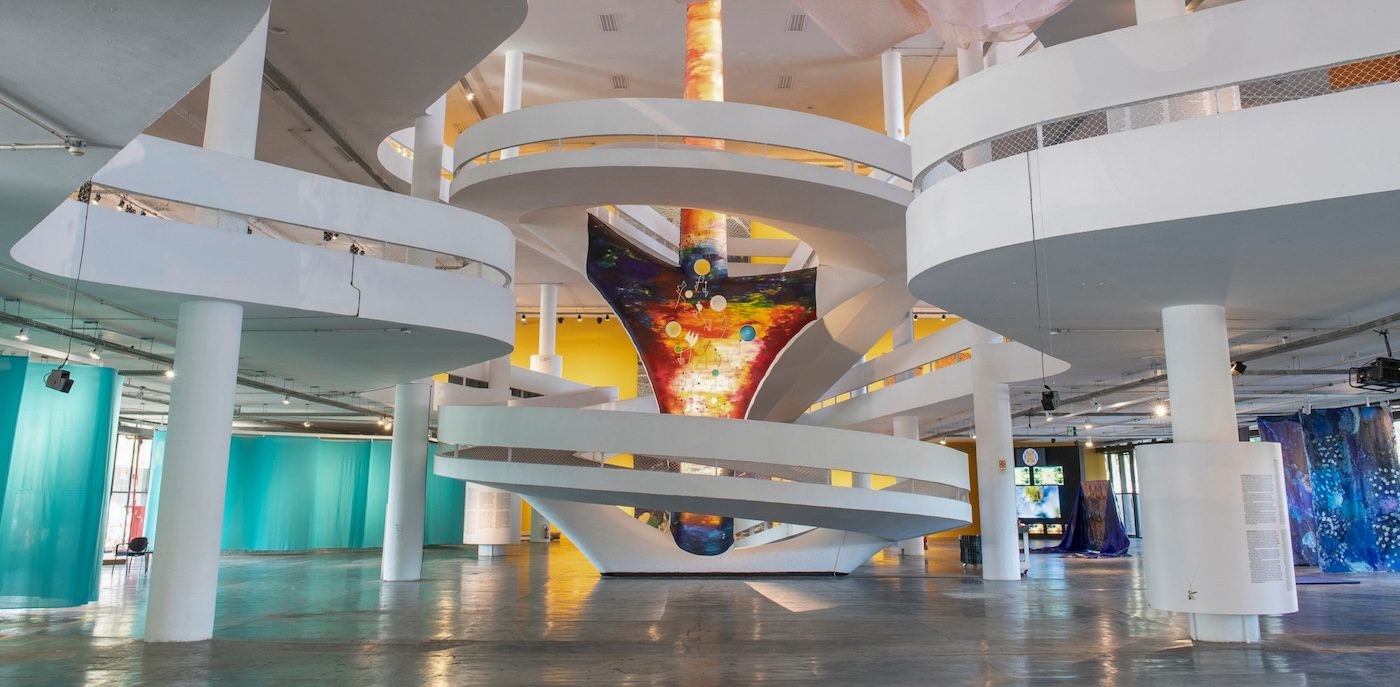Concerned Members of the Namibian Arts Community: It is a One-dimensional Problematic Pavilion
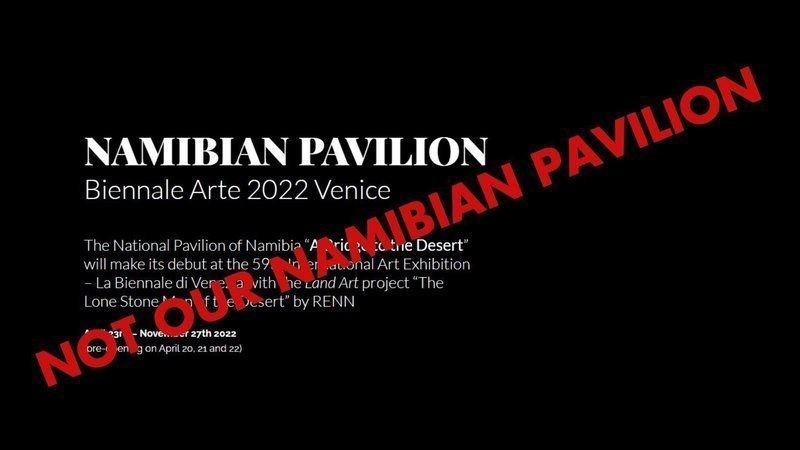
28 April 2022
Magazine C& Magazine
Words C&
5 min read
We talked to the collective that is questioning the selection process and intentions of the first Namibian Pavilion in Venice
C&: Can you tell us about the selection process for the national pavilion in Namibia? Who is in charge of selecting the team?
Concerned Members of the Namibian Arts Community: The selection process for the pavilion was unclear. Some rumors have circulated that the curator [Italian Marco Furio Ferrario] wanted the work titled The Lone Stone Men to be the only representative of the pavilion and approached the minister of education, arts, and culture for an endorsement. It is also understood that the curator obtained sponsorship from key members in the tourism industry in Namibia, which is why the pavilion seems to have been created with the aim of promoting the tourism industry while overlooking the country’s art and cultural production. When all is said and done, there has been no transparency about the process or how it was conducted. Members from the arts community tried to reach out to the Directorate of Arts and the National Arts Council, the two governing bodies in the ministry that are meant to support and oversee matters related to arts in the country, to raise awareness about the issue and engage in a dialogue. These efforts were met with silence – no acknowledgement of what happened or how situations like this could be avoided in future to better represent Namibian art. It also appears that the selected artist is a South African with ties to Namibia [who goes by the name RENN]. This, and many other issues with the curatorial concept, is why we startedour open letter and petition.
C&: Regarding your concerns, how would you like the Namibian Pavilion to look like?
CMofNAC: More important than what it would look like is perhaps to think about themes and topics the pavilion could address, and how it might offer a more nuanced insight into the Namibian experience. Many artists have been working on issues related to social justice, African futures, and decolonial and historical topics that have great relevance in the art world now. Namibian artists from various backgrounds and older generations are tackling social, political, and personal issues from different perspectives. It seems that because this is a pavilion about tourism there was a deliberate choice to exclude art that touches on important political issues, which in a way is a silencing of many Namibian voices. These voices have worked very hard over the years to gain an audience and should not be overlooked.
C&: What needs to be done to address the concerns in the open letter?
CMofNAC: There have been reports that the sponsors of the pavilion and the Namibian Government have pulled out of the biennale, but it is still unclear what is true. There needs to be transparency and accountability from those involved. Choosing a white man from South Africa to be the sole representative of art in Namibia is a major problem in these contemporary times. There needs to be better guardrails in place to protect Namibia’s art industry and its artists.
C&: What has been the response to the letter so far?
CMofNAC: The response to the petition has been one of support and solidarity, from various allies inside and outside Namibia, which has been great. This has been important to buffer some of the not so great, and at times threatening, responses from parties involved in the pavilion. A news report contained claims from RENN that the petition and others’ lack of support for the pavilion stems from jealousy and racism. If this report accurately portrays the artist’s position, then he is using a gaslighting technique used to silence concerned members who have brought legitimate points to light. Gaslighting is a matter of manipulation, which is harmful and dangerous. There have also been threats to sue members of the arts community who brought the issues in the petition forward, which is a scare tactic used to silence. There is no basis for a lawsuit and the mere threat of it shows very clearly that the pavilion organizers have no interest in engaging in dialogue. It seems they will go ahead with their agenda. This also indicates that there is no legitimate care for the arts industry itself, and that they see art as only important for Namibia if it can be instrumentalized to support tourism. Ironically, this throws a shade of colonialism over an industry that has been gaining attention for the decolonial work artists have been doing. Members of the arts community were also met with silence and stonewalling from the Directorate of the Arts and the Ministry of Education, Arts and Culture. In a recent Eagle FM interview, Minster Ester Anna Nghipondoka said that she was not aware that Namibian artists had raised concerns regarding the pavilion. She also avoiding answering whether or not she had endorsed the pavilion, rather choosing to feign ignorance as a defense.
C&: What are your next steps?
CMofNAC: At this moment the aim is to rally and create a database of names of Namibian artists, curators, cultural workers, etc., and share this to relevant members of the wider global arts community. There were also talks of some public interventions and discussion to continue to raise awareness and counter a one-dimensional problematic pavilion that claims to represent Namibian art. Raising awareness and casting a critical lens on this pavilion, should the organizers still move forward with it, is a step, and hopefully those in the art world will see for themselves why it was important to speak up against it. In the meantime the Namibian arts community will continue to do the work they know best, and we hope that in time that work will speak for itself and the world at large will come to know Namibian art.
Concerned Members of the Namibian Arts Community are a collective of artists and cultural producers from Namibia. You can find the petitionhere.
Read more from
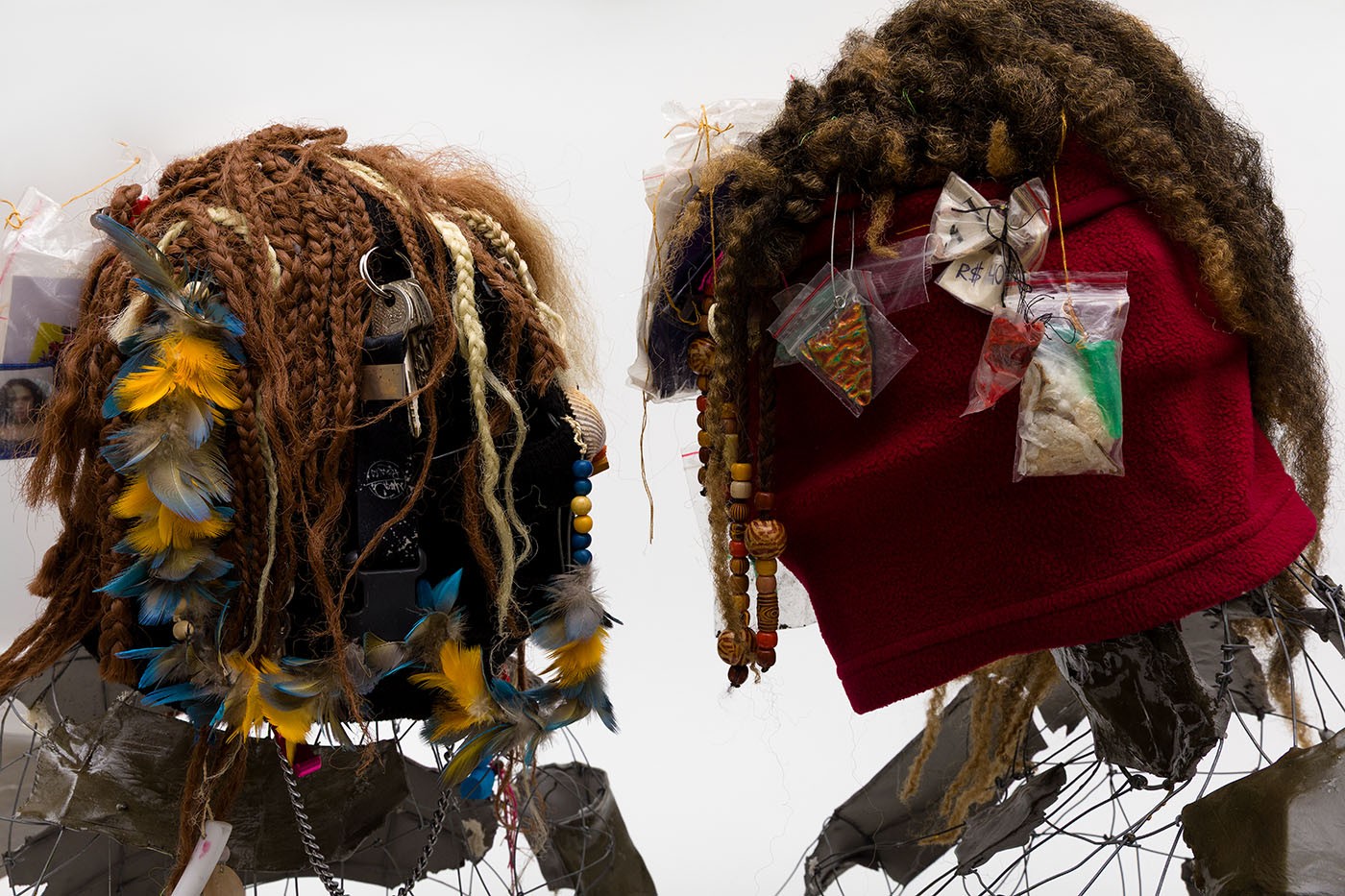
Fundação Bienal de São Paulo announces list of participants for its 36th edition
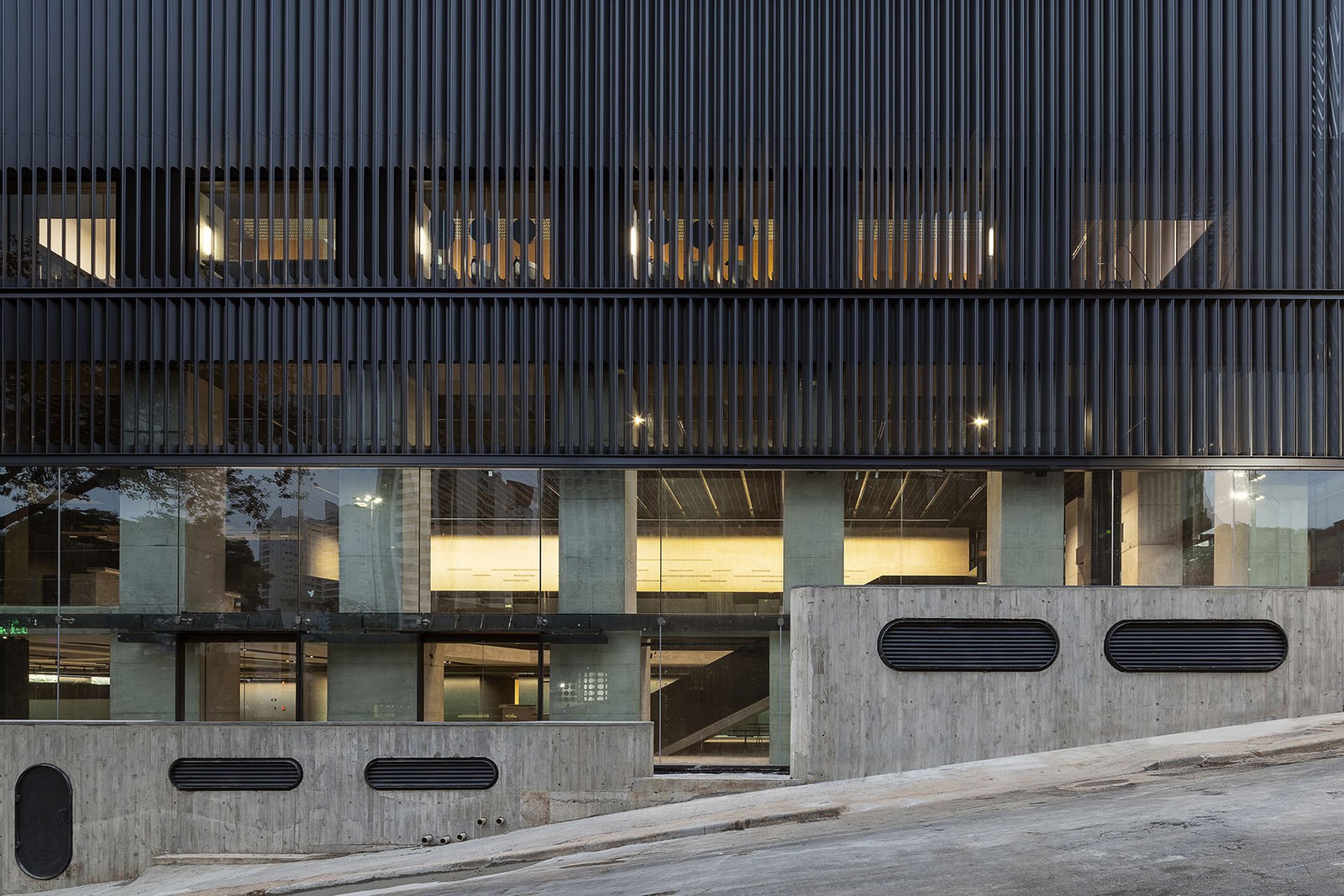
MASP inaugura novo edifício
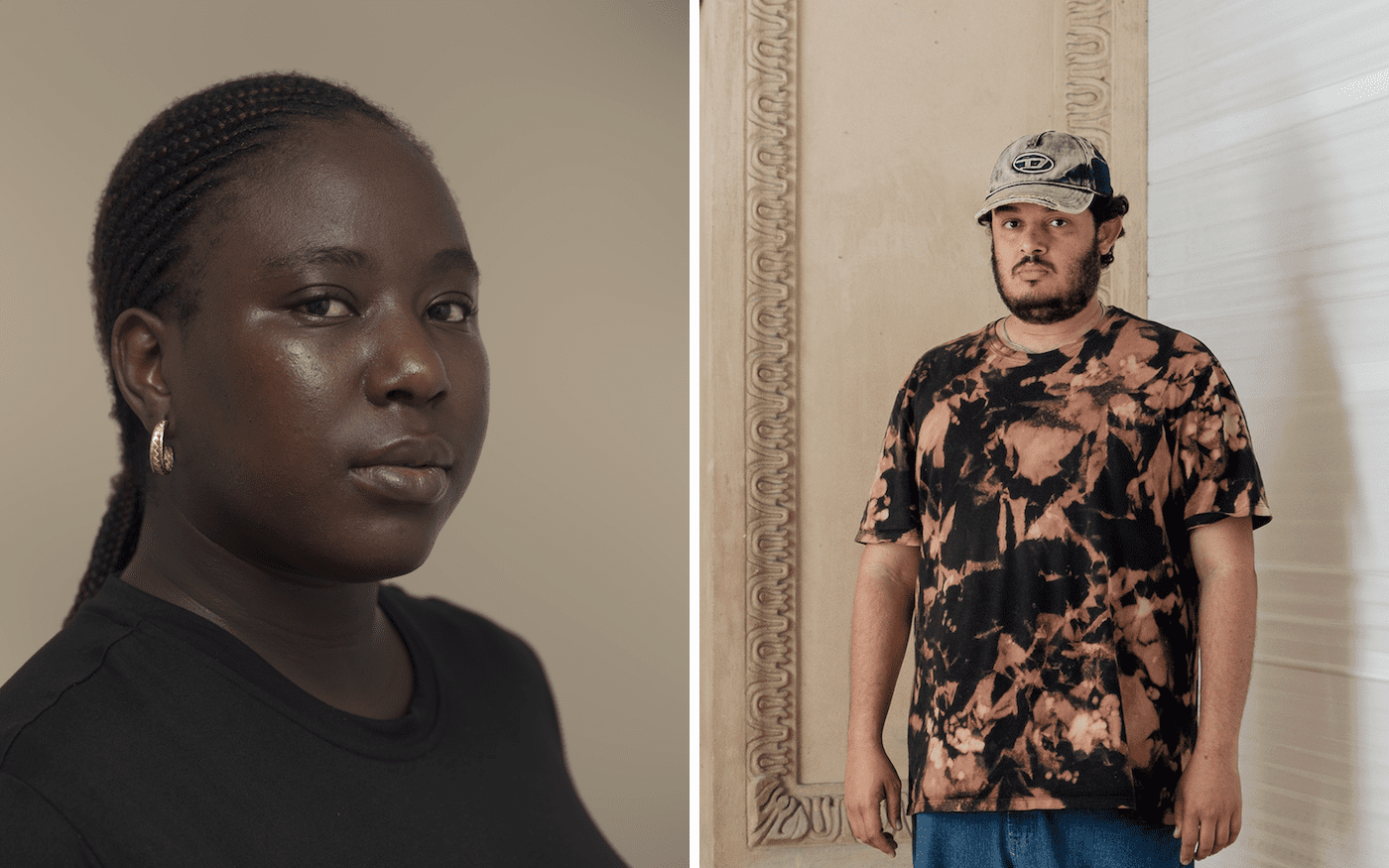
Helena Uambembe and Wisrah C. V. da R. Celestino are among Winners of ars viva prize 2025
Read more from
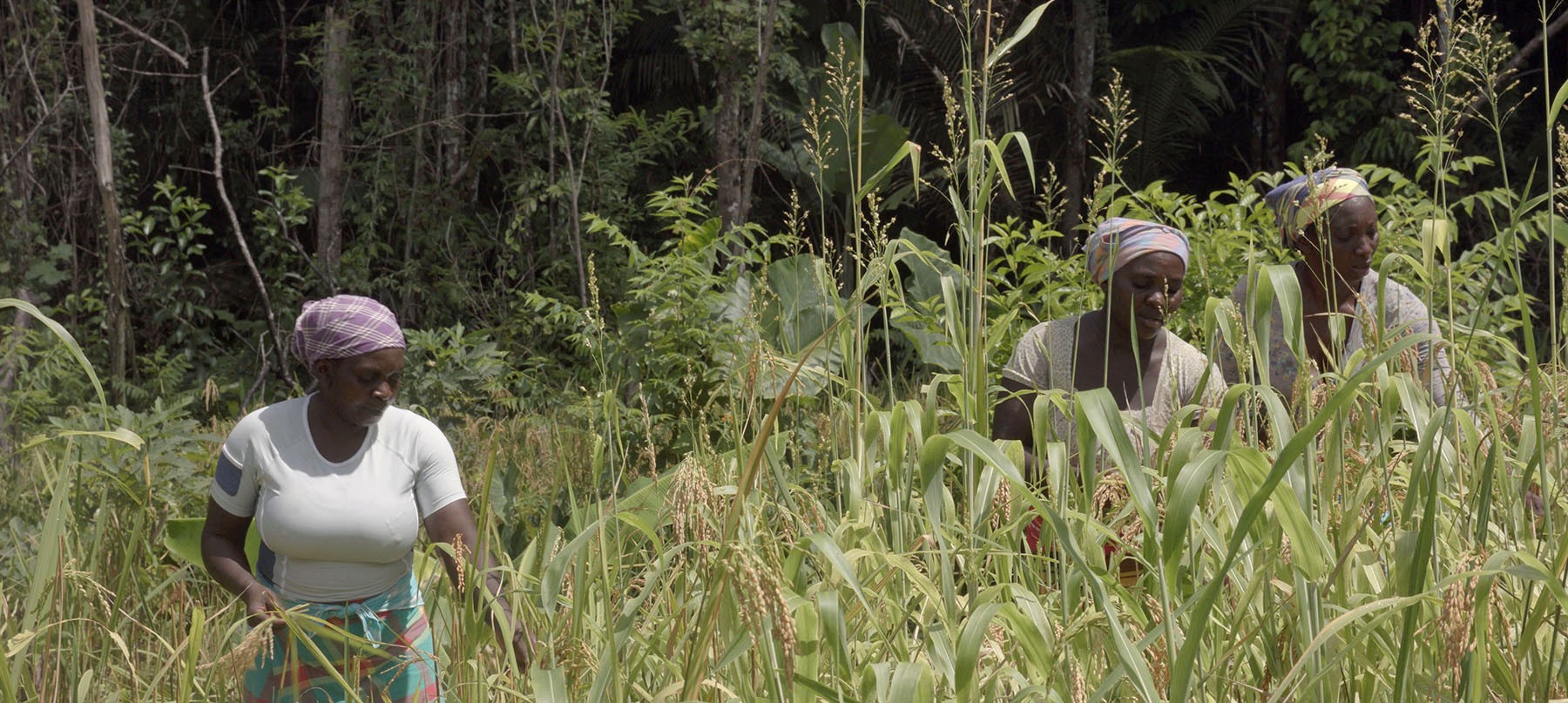
Third Horizon curates a new Cinelogue program exploring decolonial cinema and liberatory imagination from the Caribbean
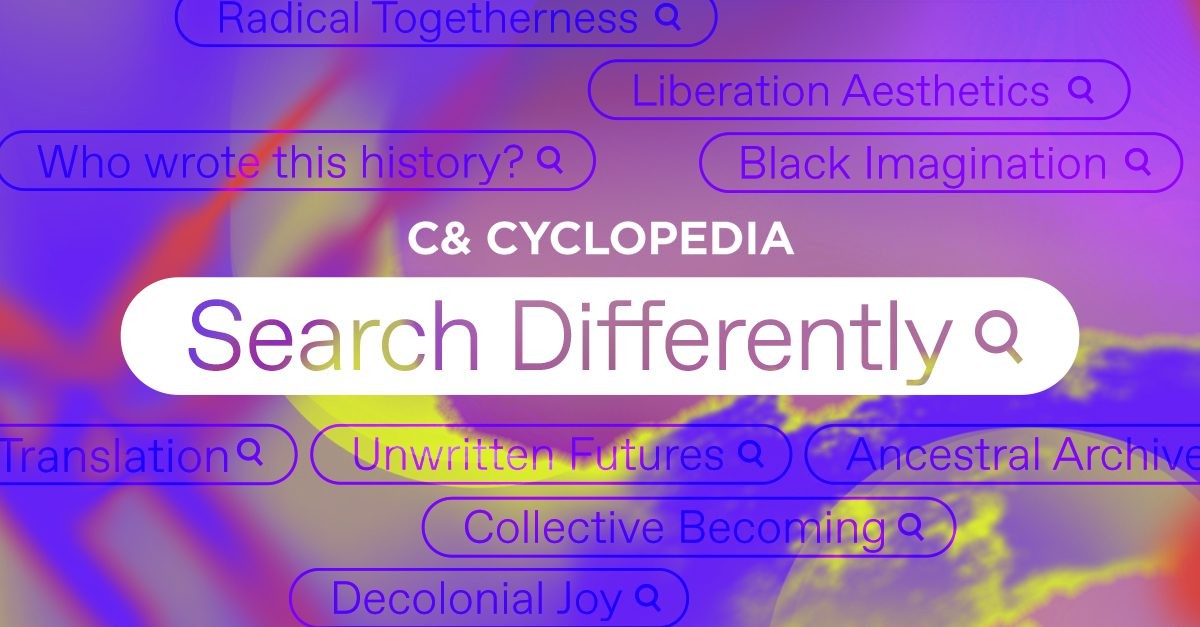
Introducing the C& Cyclopedia
